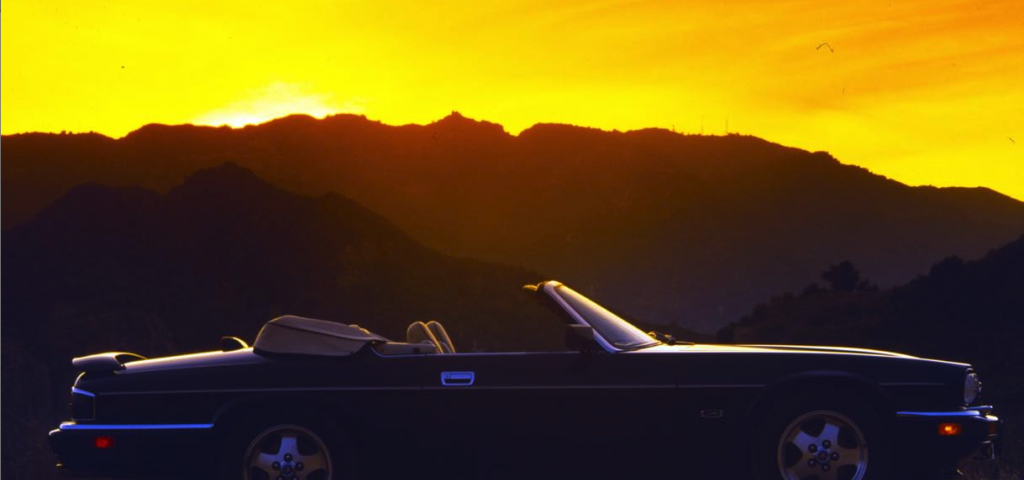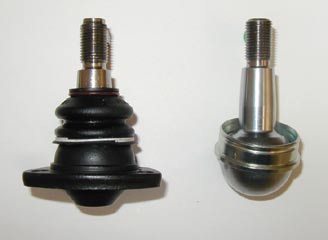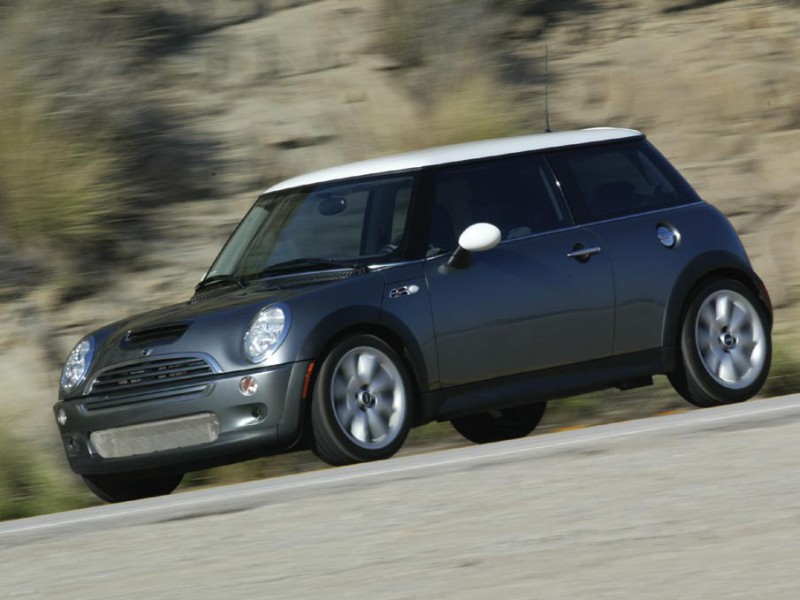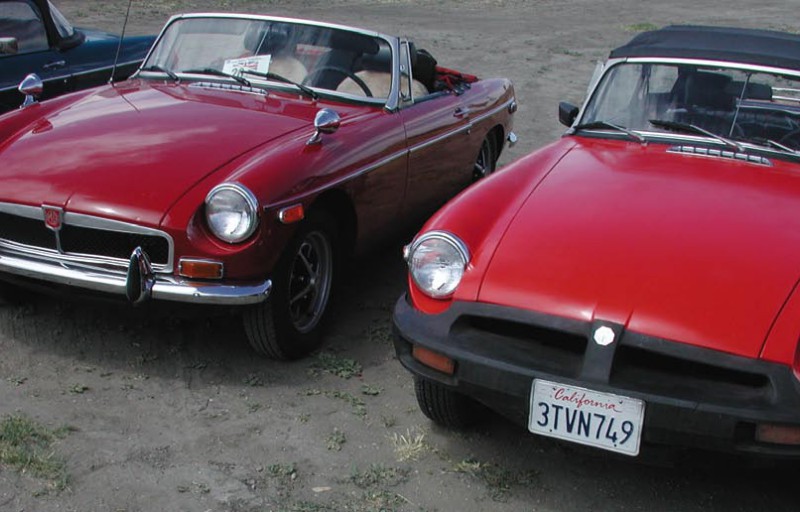By John Rettie
Photos by Scott Dahlquist
Quick. Note your first reaction the next time you see a Jag XJ-S on the street. It’s a pretty striking grand touring car, isn’t it? However, old-time Jaguar fans’ initial reactions are often ones of disgust.
Disgust is perhaps too strong a word, but when Jaguar introduced the XJ-S in 1975, the car was met with skepticism. Many considered its “flying buttress” design ungainly. According to many Brits, the XJ-S was introduced as a “soft” grand tourer 2+2 rather than a lithe sportscar largely to appease American tastes. Worse yet, it was launched without a convertible version because of U.S. safety-regulation concerns at the time.
The XJ-S was undoubtedly not as sensuous as its predecessor, the E-Type. Yet compared to many other 30- year-old designs, it has become more eye-catching with age; the XJ-S’s truly classic bodylines will always make it a head-turner.
Jaguar’s Dark Years
Sadly, Jaguar entered its “dark era” in the 1970s: Government ownership, half-hearted public ownership, disgruntled workers, and poor management nearly killed the company. Consequently, XJ-S sales weren’t very strong, and the early cars developed a poor reputation for reliability.
Yet despite this, the XJ-S (like all Jaguars) still scored many auto-racing successes over its 21-year lifespan. In fact, the XJ-S was actually more successful than the E-Type with a long worldwide string of race wins: Most impressive was Bob Tullius’s 1977 TransAm championship. The XJ-S even secured its place in TV history as the car of choice for Simon Templar in The Saint and Mike Gambit in The Avengers.
The car’s potential started to show in 1983 when a less-expensive, less-complicated version was introduced, powered by a 3.6L six-cylinder engine. This engine was added alongside the exotic 5.3L V-12, which had been the sole powerplant offering the previous eight years. To make things even better, a cabriolet version was also introduced in ’83. Not a full convertible, it was more a targa-type model with a removable roof and fixed rollbar.
Previously, several aftermarket companies had produced ragtop versions of the XJ-S, but Jaguar itself didn’t muster the wherewithal to introduce a factory full convertible— complete with a power-operated hood—until 1988. Finally the XJ-S had become a car worthy of being perceived as a classic Jaguar.
Slightly a year after the XJ-S convertible appeared, Jaguar was placed on the market: The small company found it impossible to survive as an independent. GM showed interest in buying the iconic marque, but in the end Ford grabbed the cherished Coventry company.
Appropriately, the XJ-S was the first Jag model to benefit from Ford’s deep pockets when a heavily revised “XJS” was introduced in 1991. (The hyphen disappeared with the 1991 model, although many purists continue to include it for consistency.) A claimed 40% of the body panels had been changed to give the new XJ-S a more contemporary look. The new cars also incorporated a redesigned interior, improved feature and equipment levels, and the adoption of the AJ6 4.0L engine in place of the 3.6L version in the six-cylinder coupe. This engine finally found its way into the convertible a year later.
Between 1992 and production of the final car in 1996, the only changes were upgrading the V-12 engine to 6.0 liters in 1993 and upgrading the six-cylinder engine to the AJ16 4.0L six in 1994.
The XJ-S goes down in history as the longest-running Jaguar model ever made—that alone will ensure it remains a classic. In all, about 115,000 were built during the 21-year production run, or about 25,000 more than the E-Type during its 13-year lifespan.
Ironically, when the XJ-S was introduced in 1975, its platform was basically a shortened version of the XJ12 sedan. When the XJ-S was replaced by the XK8 in 1996, the new car was again based on the previous-generation platform (which had admittedly evolved over the years). The XK8 is still a highly regarded grand tourer, yet the fact that its underpinnings date back over 30 years shows that the XJ-S’s fundamentals are good. Fortunately, the car is finally getting the recognition it deserves.
Buying An XJ-S
If you’re in the market for an XJ-S, look for the most recent model you can find. Newer cars are much better (unlike E-Types, where earlier models are more desirable). Shop around and look for an XJ-S with a full service history that shows it’s been well maintained. Although the six-cylinder models are less expensive to maintain or repair, they do not provide the same svelte character that’s bestowed by the 12-cylinder engine. According to long-time Jaguar technicians, the 12-cylinder engine is basically very strong and will last a long time providing it has been correctly maintained. Routine maintenance is the key to success with any XJ-S.
Fortunately, many owners were well aware of the car’s ongoing requirements; well-maintained, low-mileage examples aren’t too difficult to find. The main problem is that the V-12 models are susceptible to overheating (sound familiar?), and once the engine (or the GM transmission, for that matter) have boiled over, problems follow.
Bottom line: The XJ-S offers V- 12 performance and prestige that is not available in other cars on the road, at least not without spending a fortune.
As one Jaguar fan says, “The XJ-S offers a lot of bang for the buck—a practical 12-cylinder super car for a lot less than others.”
(Courtesy Anders Ditlev Clausager, Jaguar Daimler Heritage Trust)








'Jaguar XJS: Growing into a Classic' has no comments
Be the first to comment this post!